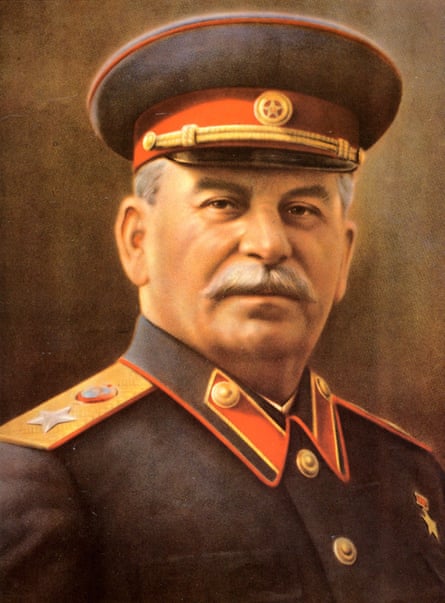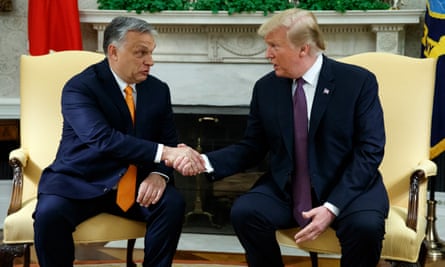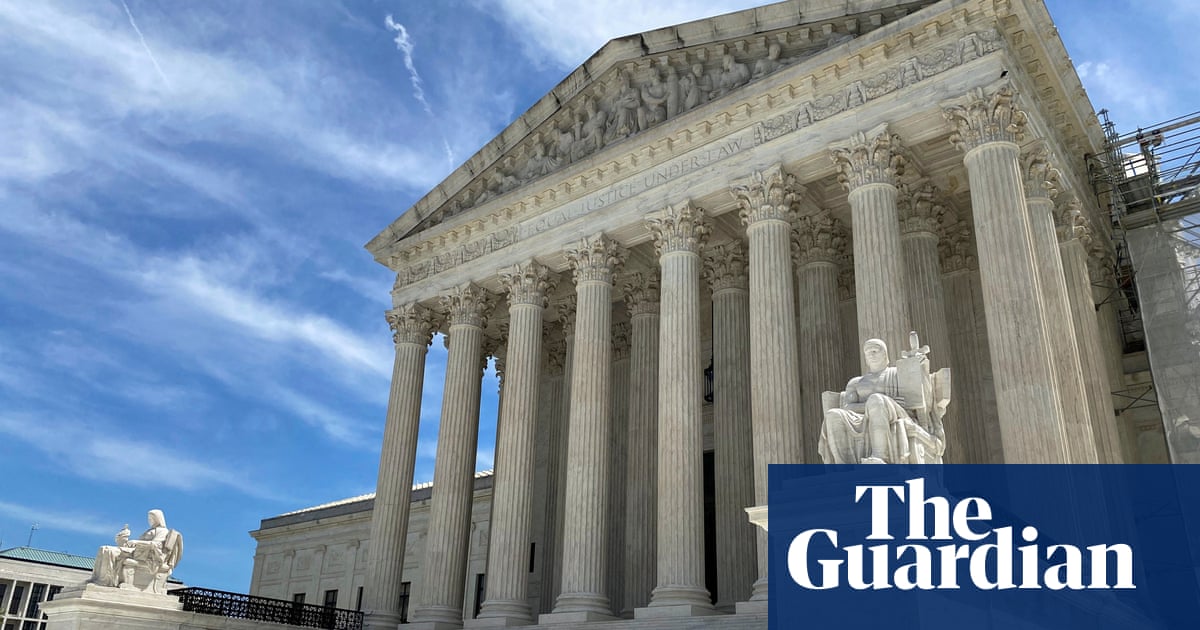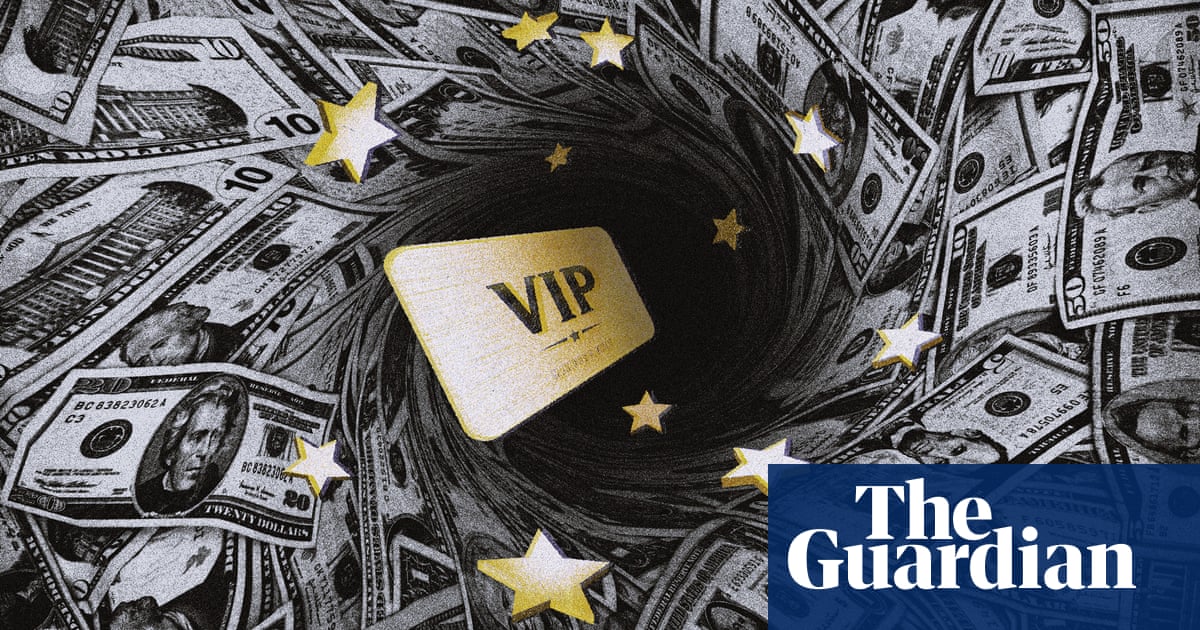In 1937, leaders of Germany’s Third Reich hosted two simultaneous art exhibitions in Munich. One, titled the Great German Art Exhibition, featured art viewed by the regime as appropriate and aspirational for the ideal Aryan society – orderly and triumphant, with mostly blond people in heroic poses amid pastoral German landscapes. The other showcased what Adolf Hitler and his followers deemed “degenerate art” (“Entartete Kunst”). The works, chaotically displayed and saddled with commentary disparaging “the sick brains of those who wielded the brush or pencil”, were abstract, profane, modernist and produced by the proclaimed enemies of the Reich – Jewish people, communists or those suspected of being either.
The Degenerate Art exhibition, which later toured the country, opened a day after Hitler declared “merciless war” on cultural disintegration. The label applied to virtually all German modernist art, as well as anything deemed “an insult to German feeling”. The term and the dueling art exhibitions were part and parcel of Hitler’s propaganda efforts to consolidate power and bolster the regime via cultural production. The Nazis used culture as a crucial lever of control, to demean scapegoated groups, glorify the party and “make the genius of the race visible to that race”, argued the French scholar Eric Michaud in The Cult of Art in Nazi Germany. Political control and suppression of dissent were one thing; art, said Hitler’s propaganda minister, Joseph Goebbels, was “no mere peacetime amusement, but a sharp spiritual weapon for war”.
Earlier this month, Donald Trump took the unprecedented step of naming himself as chair of the John F Kennedy Center for the Performing Arts in Washington DC, one of the nation’s premier cultural centers, after purging the board of Biden appointees and installing a slate of unqualified donors and loyalists. “NO MORE DRAG SHOWS, OR OTHER ANTI-AMERICAN PROPAGANDA”, the US president wrote on Truth Social. (The center hosted a nominal amount of acts with drag elements.) Days later, Trump was formally voted in by the board – “unanimously”, he noted on Truth Social in a Putin-esque flourish. “There’s no more woke in this country,” he told reporters.
The move drew outcry from performers, artists and more, but still went through. The Kennedy Center’s trustees are presidential appointees, so technically it is vulnerable to such flexes of control, as are other federally supported institutions such as the National Gallery of Art, the Smithsonian Institution and DC’s consortium of national museums. Some of Trump’s cultural decrees trend ridiculous, such as an executive order calling for a “national garden of American heroes”, or the continued presence of Kid Rock. Others are more insidious – after long threatening to defund the National Endowment for the Arts during his first term, Trump has imposed restrictions on its terms, barring federal grants for projects concerning Maga’s favorite targets – diversity and “gender ideology”.

While the takeover of the Kennedy Center may seem less dire and court less furor than, say, his dismantling of the civil service, Trump’s efforts to exert control over art typify the strategy of a dictator. Comparisons of the Trump presidency to Nazi Germany may be overdone and easily dismissed – even with Republican efforts to ban books in schools deemed “inappropriate”, among many other parallels, Maga and the Third Reich are not the same – but the new administration’s cultural decrees are very much a part of the authoritarian playbook to suppress dissent, scapegoat select groups and seize power.
Pick your oppressive regime throughout time and you will find efforts to control the arts. Some of the most renowned artefacts from ancient Rome, from Virgil’s Aeneid to Trajan’s Column, were commissioned by emperors to vivify their divine right to power, celebrate military conquests and cement preferred narratives. The Stalinist regime in the 1930s Soviet Union abolished all independent artistic institutions, required cultural production to exist in absolute allegiance to the party, and systemically executed all of the country’s Ukrainian folk poets. Mao Zedong’s cultural revolution identified “old culture” as one of the four threats to be eradicated as part of his reshaping of Chinese society, which killed more than a million people. After Augusto Pinochet took over Chile in 1973, the regime arrested, tortured and exiled muralists. In her 2012 book Brazilian Art Under Dictatorship, the art historian Claudia Calirman recalls how the museum director Niomar Moniz Sodré Bittencourt hid artworks and advised artists on how to leave the country after officials from the country’s military regime entered her museum and demanded the removal of “dangerous” images – a claim not far removed from the Trump administration’s fearmongering around “gender ideology” and “threats” to children.
These tactics continue in the present, carried out in some cases by Trump’s expressed allies. The same Brazilian dictatorship that overtook and blocked art exhibitions between 1968 and 1975 is today championed by the Trump ally Jair Bolsonaro, who worked during his time as president to rewrite the regime’s reputation. On his first day in office in 2019, Bolsonaro dissolved Brazil’s ministry of culture. He also halved funding for the Rouanet Law, a measure that publicly supports artists, and appointed rightwing cultural figures with little relevant experience to prominent cultural positions. In Poland, the rightwing Law and Justice party has tried to rewrite history at the second world war museum in Gdańsk and dismissed its director, Paweł Machcewicz; in recent years, Italy’s rightwing minister of culture, Alberto Bonisoli, threatened to not renew the contracts of non-Italian museum directors. Much ado was made in the western press when Cuba jailed the performance artist Danilo Maldonado for criticizing the Castro regime in 2017, or when China’s ruling party placed the renowned artist Ai Weiwei under house arrest.

But perhaps no one models what Trump aspires to be, and hopes to do, more than Hungary’s Viktor Orbán, who since his election in 2010 has rewritten the constitution, changed electoral law to favor his Fidesz party, positioned allies as heads of most media outlets and overhauled the justice system. And as part of his consolidation of power into full dictatorship, he has taken control of the country’s cultural institutions, managing their output and enshrining censorship. Starting when Fidesz first gained municipal power in 2006, the party has purged the boards of local theaters and installed Fidesz loyalists. In 2010, Orbán took over public institutions via appointment of governing bodies that could grant or withhold funds according to the organization’s willingness to heed demands. In 2013, he dismissed the artistic director of the National Theatre in Budapest, Róbert Alföldi, on account of his resistance to political interference and his sexuality, viewed as offensive by the homophobic regime.
By 2019, Orbán could feasibly declare an era “of spiritual order, a kind of prevailing mood, perhaps even taste … determined by cultural trends, collective beliefs and social customs. This is the task we are now faced with: we must embed the political system in a cultural era.” His government subsequently banned funding for gender studies at universities and passed a “culture law” tying funding of theaters to their ability to “actively protect the interests of the nation’s survival, wellbeing and growth”, a censorship measure that significantly chilled the country’s art scene.
Such a measure is not dissimilar, in intent and execution, from Trump’s takeover of the Kennedy Center, nor his new mandates on the National Endowment for the Arts, which has already been subject to decades’ worth of US culture wars. Those wars are heating up – if history and very recent precedent are anything to go by, then Trump and his party’s efforts to chip away at US cultural autonomy, at individual and institutional creative expression, will be one of his most corrosive and anti-democratic legacies.

 German (DE)
German (DE)  English (US)
English (US)  Spanish (ES)
Spanish (ES)  French (FR)
French (FR)  Hindi (IN)
Hindi (IN)  Italian (IT)
Italian (IT)  Russian (RU)
Russian (RU)  9 hours ago
9 hours ago
























Comments